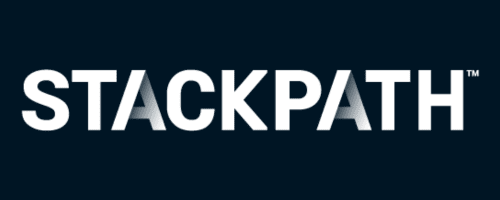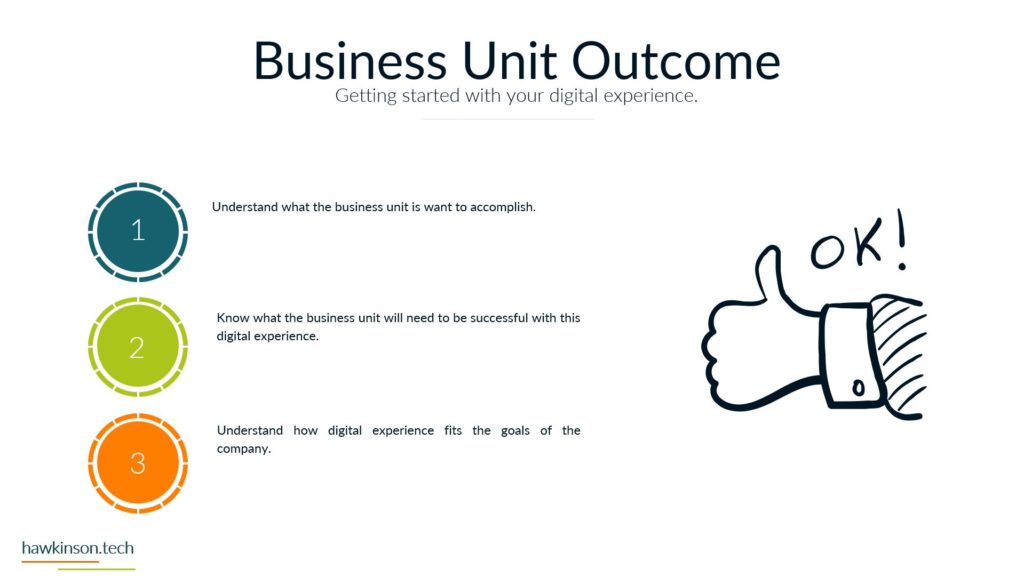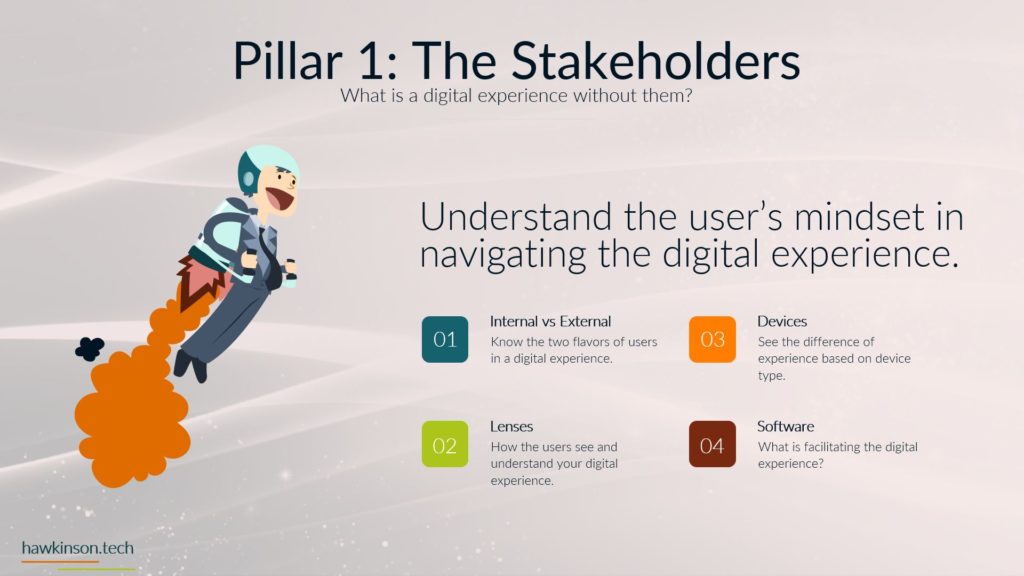StackPath is a content delivery network (CDN) and cloud services provider that offers a variety of solutions to help businesses accelerate their online assets, secure their web applications, and optimize their network performance. It was founded in 2015 and is headquartered in Dallas, Texas. StackPath serves over 1 million customers worldwide, including startups, small and medium-sized businesses, and large enterprises.
StackPath is a comprehensive edge computing platform offering various features to help developers and businesses optimize their content delivery and security. Here are three of its core features:
Key Features
- Content Delivery: StackPath offers a global content delivery network (CDN) with more than 70 points of presence (POPs) to deliver content to users quickly and reliably. With advanced caching and acceleration techniques, StackPath can speed up content delivery, reduce latency, and improve the overall user experience.
- Security: StackPath provides a suite of security tools to help protect websites and applications from cyber threats. This includes a web application firewall (WAF) that detects and blocks malicious traffic, a distributed denial-of-service (DDoS) mitigation service that can protect against large-scale attacks, and SSL/TLS certificate management to secure data in transit.
- Edge Computing: StackPath’s edge computing platform allows developers to run code and applications closer to end-users, reducing latency and improving performance. With support for popular programming languages and technologies, developers can deploy custom code on StackPath’s edge servers to perform serverless computing, data processing, and content customization.
Other features of StackPath include:
- Load balancing and failover
- API management and gateway
- Container and Kubernetes support
- Real-time analytics and reporting
- Advanced threat intelligence
- Bot detection and mitigation
- Multi-CDN management
























